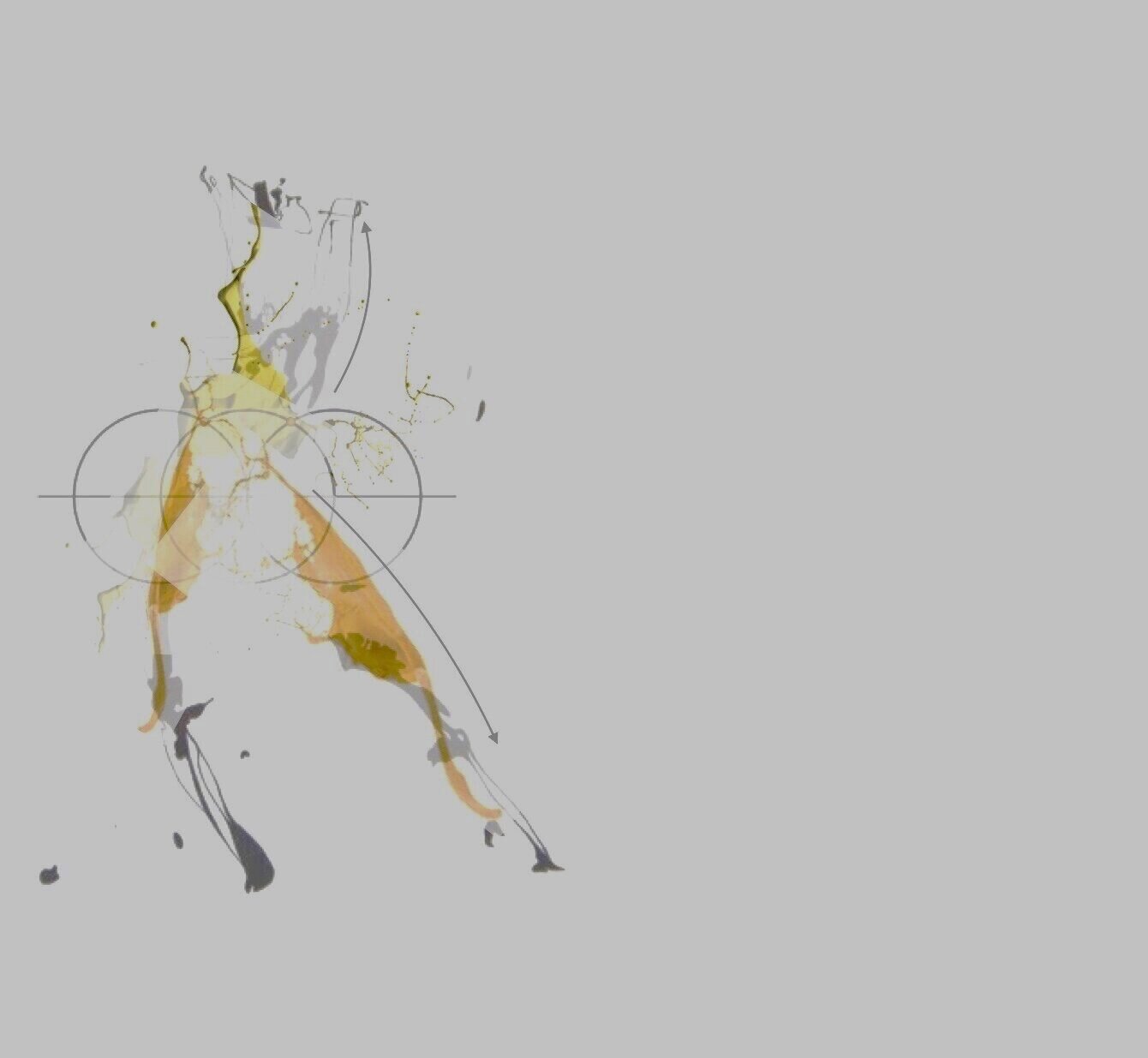The Tinest Linear Movement
Harnessing the Energy
Form follows meaning | movement follows intention | principles of movement follow transition through weight transformation | slow and fast, stillness and balance
Body awareness through focused walking - The Tangueria-Sidewalk Tango
Many of you will have experienced the focused walking or walking meditation technique I have use in workshops and classes. I find this technique provides an opportunity to focus on a particular element of the body as the walking movement is created. It can be different each time but ultimately leads to the same point, how is my body movement affecting my balance and stability?. Where can I make adjustments that will give me good posture (not just for tango)? When, where and why do I feel unstable, or where do I need more control?
In Tango the movement of the whole body is important starting from the feet, while placing emphasis on the main axis. The axis becomes the connecting link through the couple’s embrace. Making natural alignment creates good connection and dancing freely.
The Setting
This can be anywhere you feel comfortable. Whilst this is a walking technique, you don’t need a lot of space as it is about controlled movement and not distance. You may need to move a couple of chairs or a table to make sure you don’t trip over something. I recommend engaging in the movement for a minimum of 5 minutes, but go for as long as you like. The overall effect can be so relaxing that you may wish to continue for 20 minutes or so.
“take note of the quality of movement between steps, from one standing leg to the next”
The focused walking can be done to music, which is an added dimension. I often use Clair de Lune, a beautiful piano piece by Claude Debussy which is 5.14 minutes long (link below) you may have other music you would like to use. The quote “Music is the space between the notes” is attributed to Debussy. Miles Davis had a variation he used “ It’s not the notes you play, it’s the notes you don’t play” Take notice of the quality of movement between each standing leg to the next, feel the movement through space.
The idea is to bring awareness to unconscious movement, examine, change, use to your advantage and release tension.
https://youtu.be/WNcsUNKlAKw Clair de Lune by Claude Debussy
The Technique
standing upright in a relaxed position, back straight, head erect, eyes lowered, arms by your side or with hands cupped in front;
take a few deep breaths, focusing on the rise and fall of your chest, bring your weight onto one leg noticing how your body moves and settles;
extending your free leg, begin walking forward slowly, taking a slow count of 10 to reach your next axis, try to notice where your axis is on the count of five;
bring your focus to a particular part of your body as you move - the focus can be different each time you practise - it may be your feet (how do they feel on the floor? are your toes spread?) it may be your hips, (are they square? is the tail bone pointed downwards?) or it may be your head (is it sitting erect on the top of your spin? does it feel heavy? are your shoulders square and level?). The idea is to bring focus to whatever area of your body you feel needs attention or you would like to focus on.
as you arrive on an axis point, relax the knee of the free leg and see how that affects your weight, (does it increase the weight on your standing leg?, do you feel more grounded?);
play with the amount of compression and “settling” of each step - notice the difference;
try different speeds - imagine how your movement may effect a partner;
going deeper, can you feel a spiral movement within and what happens if you focus on that movement?;
finish by coming back to your weight on both legs, find total relaxation, finishing with a few deep breaths;
Notice how you feel.
Enjoy!

